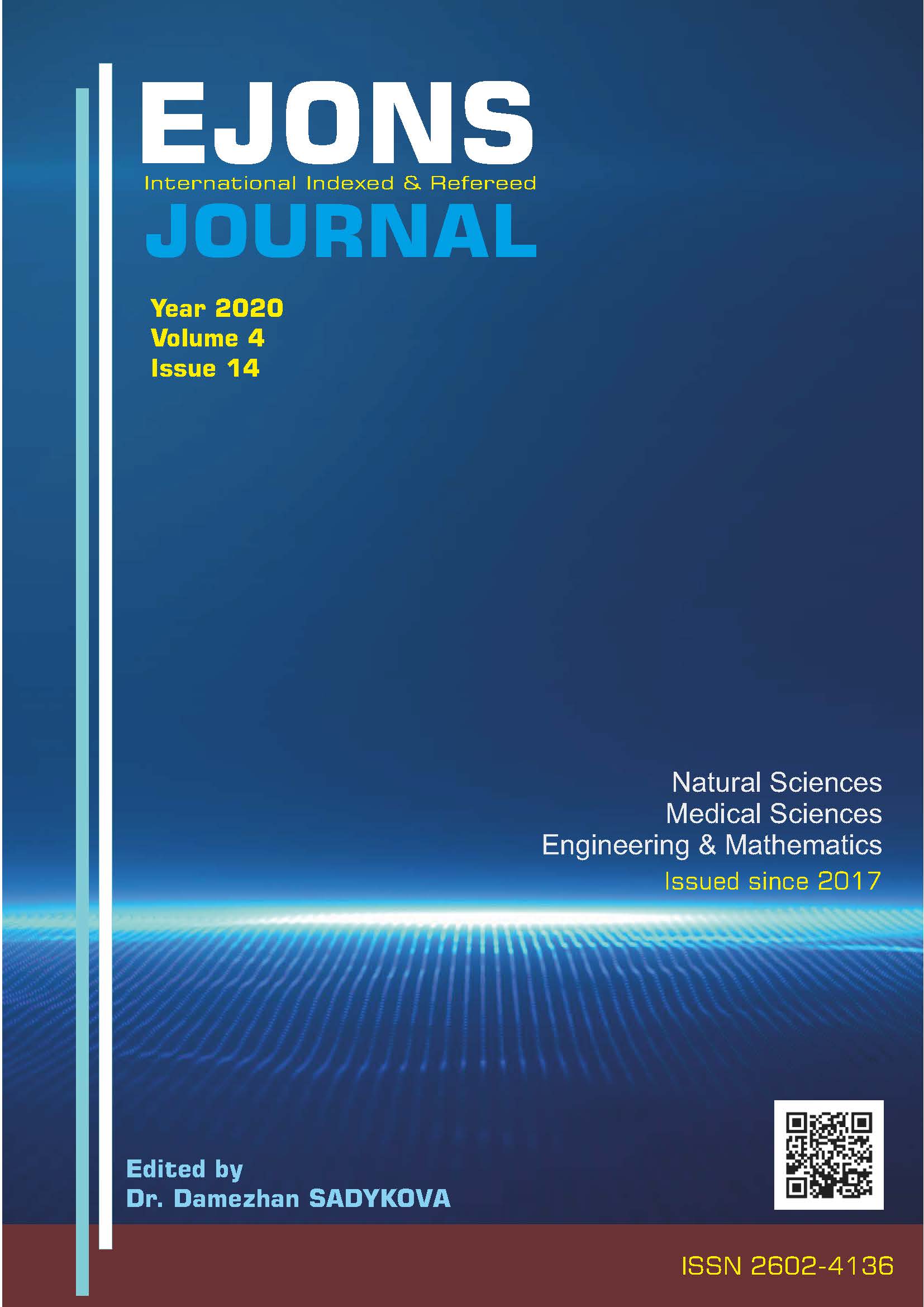A NEW CONNECTIVE TISSUE CELL: TELOCYTE
DOI:
https://doi.org/10.38063/ejons.242Keywords:
Telocyte, interstitial Cajal-like cell, telopodeAbstract
In 2005, a group of Romanian researchers discovered a new cell type in the stroma of the exocrine pancreas. With a small, inconspicuous cell body and cytoplasmic processes with a diameter that is near the resolving power of a light microscope, these cells are perfectly camouflaged that they could not be distinguished from other tissue cells and structures by other researchers until then. These cells were called telocytes in 2010. The most important feature of telocytes is that they have a variable number of thin and very long cytoplasmic processes up to 1000 microns. These cytoplasmic processes called telopodes are made by an alternation of thin (podomer) and dilated (podom) segments, giving them a moniliform appearance. Telocytes release extracellular vesicles from their telopodes, and are responsible for maintaining general tissue homeostasis by playing a role in intercellular communication with the growth factors, chemical attractants, and cytokines/chemokines in these vesicles. Telocytes, which can be distinguished by color transmission electron microscopy (TEM), in situ and in vitro vital staining, immunohistochemistry and flow cytometry, have been shown to exist in many species in the animal kingdom. In human studies, strong relationships were found between some diseases (telocytopathies) and telocytes. With the injection of telocytes the attenuation of renal dysfunction and fibrosis, and the reduction of the infarcted area and the improvement of myocardial function in rats have been promising advances in regenerative medicine. Telocytes have not yet been widely accepted as a different cell type. Nevertheless, articles regarding telocytes are increasingly published in several reputable journals such as Nature and Scientific Reports, now meaning the acceptance of these cells as a distinct cell type within the scientific community. Finding out a single molecular marker specific to telocytes will resolve the status of these cells as an individual cell population.
Downloads
Published
How to Cite
Issue
Section
License

This work is licensed under a Creative Commons Attribution-NonCommercial 4.0 International License.


